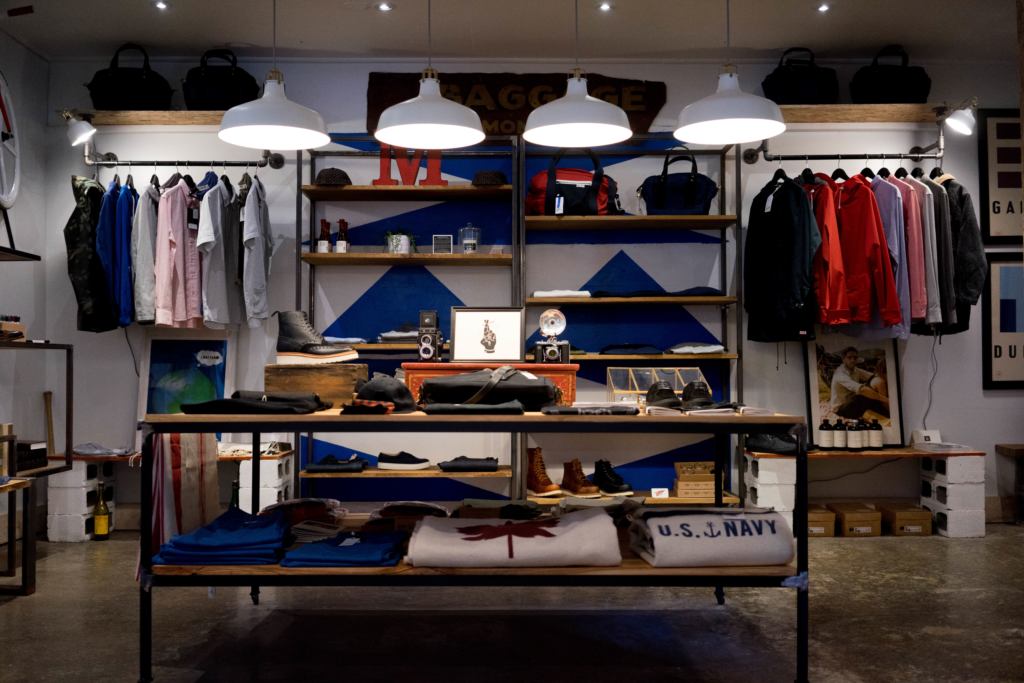
With this last article we conclude the analysis of Accenture’s “See now – Buy now” report. At the end of the article you can download this interesting report on the most important commercial trend of today and the new generations, “See now – Buy now”.
I advise you, as I always do when it comes to a series of posts, to read the three previous articles for a better interpretation of the topic:
Grow Mobile Capabilities.
The daily lives of millennials – as well as many older shoppers – revolve around their mobile device. It is the indispensable link to social media, finances, trends, news, entertainment, navigation and much more.

Mobile – either smartphone or tablet – is where the “see now buy now” shoppers get most of their information: where they spot celebrity trends, catch up on YouTube vloggers, and place their order for instant delivery. A responsive mobile site is a must have for any retailer involved in fast fashion – as is an Instagram presence.
The customer expects a seamless transaction between channels and they are increasingly expecting a 24–36 hour window from seeing the product online and wanting it, to having it.
Mobile is likely to become even more important in the future as the post-millennial generations grow into adulthood. For any retailer targeting millennials – the greatest consumers of fast fashion – understanding how this target demographic wants to engage is essential for success. Understanding the customer’s preferred social media activities is the easiest way to increase engagement, gain insights into developing trends, encourage brand advocacy and drive revenue.
Get much better at data and customer analytics.
When it comes to winning at fast fashion, relationship is key. Customer engagement may be important for achieving more “see now buy now” sales, but those sales also deliver improved customer relationships: 84% of the managers surveyed put the two top business benefits of successful fast fashion as improved customer engagement and increased sales. thanks to big data and modern analytics it can be possible to obtain clear insights into customer behavior, buying trends and social media interactions to improve individual engagement.
Product data helps too: not just sales data with predictive analytics helping to identify potential top sellers early in the lifecycle, but using high definition merchandising tools and incorporating crowdsourced product feedback can give a better understanding of customer needs. Engaging customers in the product development process by providing an opportunity for them to weigh-in on designs prior to manufacturing through social media, analytics etc., is an excellent exercise of interaction and reception of valuable information.
Understanding and engaging with customers to give them the products that they see and want to buy now encourages brand loyalty, reduces markdowns and improves margins.
Re-think the role and format of the stores.
For the majority of consumers, the store is still the most popular place to shop. As well as buying their fast fashions there, stores have a social role where consumers can shop and browse with friends. They can also offer interesting experiences and entertainment and provide the “warehouse” from where the online customer can collect their orders. For the retailer, every store is a brand showcase, allowing fashions to be displayed to best advantage, and providing a useful test bed for new merchandise.
Because of the behavior of Millennials, new operating models are needed to drive both footfall and revenue for high street outlets. Use of click and collect has increased dramatically in the past few years; it does not only increase traffic in struggling stores, but also converts returned online purchases into exchanges instead. Click and collect is becoming big business.
In the long term, stores may have to provide something even more in the form of additional services that cannot be accessed online to encourage shoppers to enter.
Stores need to create new and enhanced experiences, premium service levels, and an enjoyable ambience if they are to persuade millennials to cross the threshold.
The store is no longer a place just to complete a purchase.
-
Stores are going to be like little Distribution Centers too, they are going to be open 24/7 to see stock and fulfil an order, and so they will materialize on extra opportunities.
-
A test bed for new products and services.
-
Personal interaction with customers provides invaluable feedback that retailers are less likely to receive online.
-
Customer sales, optimising and upselling.
-
Personal interactions can increase conversions and basket size – an engaged customer is more than 15% likely to purchase.
-
Showcasing the brand.
-
Stores allow customers to experience the brand they see online in 360° – the store is there to inspire, entertain and engage.
-
Retail-tainment.
-
Fashion shows, grooming bars, styling demos, coffee shops and entertainment to encourage footfall and stickiness.
-
Buy online, ship from store.
-
From ‘click and collect’ to ‘ship from store’, stores are stock centers for all channels.
-
Creating loyalty and forging relationships.
-
The cost of keeping an existing customer is around 90% lower than the cost of acquiring a new one.
.
Focus on sustainability.
If retailers are worried about cost, then many of their younger customers are equally concerned about sustainability. The concept of “disposable” fast fashion sits uncomfortably with the dominant concerns of Generation Z about the environment, climate change, and limited resources. Given the current need to demonstrate good corporate social responsibility, many of the CEOs we interviewed also raised the sustainability issue. As one UK fashion retailer said: “There is a conflict between fast fashion and sustainability. On the one hand… there is this appetite for immediate fulfilment, but at the same time, this is a very quality conscious generation; these shoppers believe in sustainability, that zero waste should go to landfill, more than any previous generation.”
Half of the senior managers we surveyed were exploring such tactics as extending the product lifecycle, using recycled materials or facilitating clothes swapping.
Whatever the future for fashion holds, we can be sure that fast will become even faster and, without a doubt, sustainable.
You can download Accenture’s report “See now – Buy now” here.
Click here to Log in / Register











































